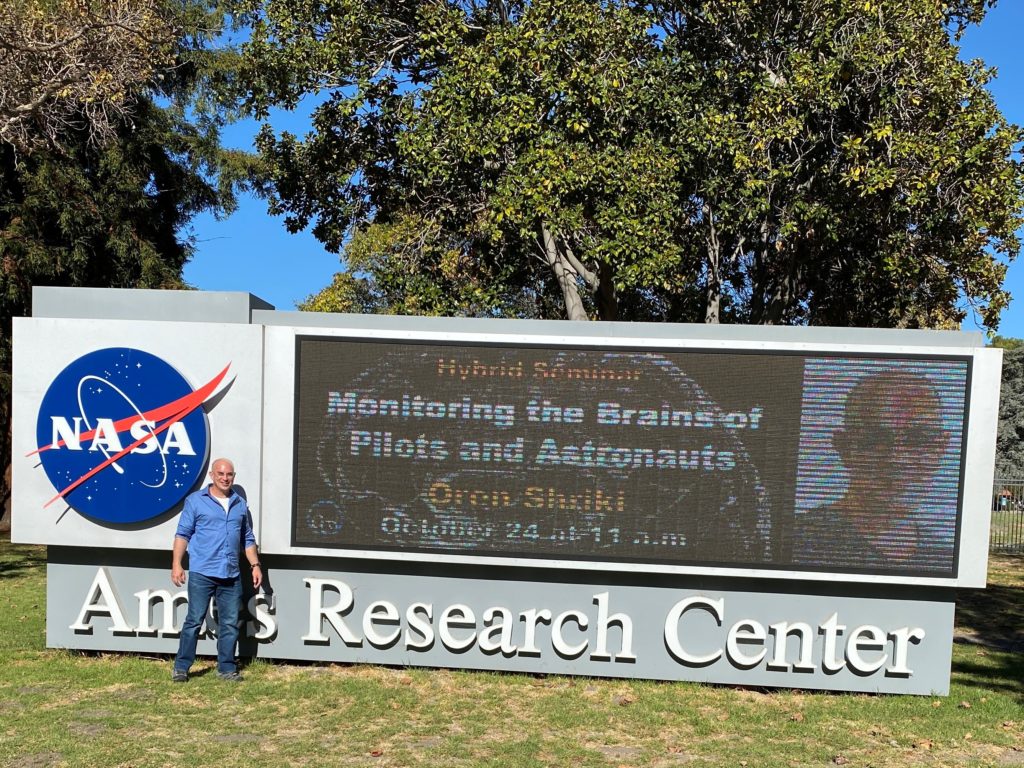
BGU Designs Wearable System to Predict Seizures
BGU Designs Wearable System to Predict Seizures
September 29, 2020
New Atlas — Although medication does help control seizures in some epilepsy patients, it doesn’t have much of an effect on others. A new system is designed to help the latter group, by at least letting them know when seizures are about to occur.
Developed by Dr. Oren Shriki and his team at BGU’s Department of Cognitive and Brain Sciences at the Inter-faculty Brain Science School, the Epiness system consists of two parts – an array of scalp-mounted EEG (electroencephalography) electrodes that monitor the electrical activity of the brain, and a linked microprocessor running machine learning-based algorithms.
“Epileptic seizures expose epilepsy patients to various preventable hazards, including falls, burns and other injuries,” says Dr. Shriki. “We are therefore very excited that the machine-learning algorithms that we developed enable accurate prediction of impending seizures up to one hour prior to their occurrence.”
The algorithms were trained on EEG data from a “large dataset” of epilepsy patients, which was gathered when they both were and were not experiencing seizures.
By learning which patterns consistently occurred in the electrical activity that immediately preceded seizures, the algorithms were ultimately able to predict their onset with a 97 percent rate of accuracy.
The algorithms are additionally able to differentiate between the brain’s electrical signals and distracting background “noise.”
This means that only a few electrodes need to ultimately be used, with the system reportedly remaining 95 percent accurate.
The Epiness technology has been licensed to Ben-Gurion University spinoff company NeuroHelp, which is developing it further.
Plans call for a prototype to be assessed in clinical trials later this year.




